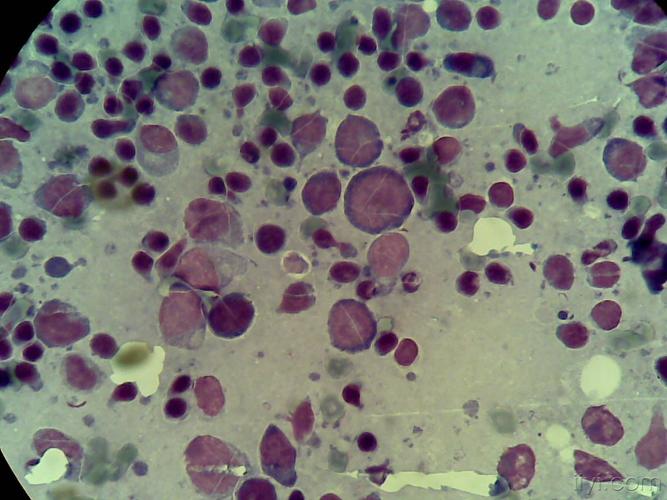Infectious Mononucleosis
Etiology
Epstein-Barr virus (EBV), also known as human herpesvirus 4, is a member of the herpes virus family. It is one of the most common human viruses. EBV is found all over the world. Most people get infected with EBV at some point in their lives. EBV spreads most commonly through bodily fluids, primarily saliva. EBV can cause infectious mononucleosis, also called mono, and other illnesses.

Transmission
EBV spreads most commonly through bodily fluids, especially saliva. However, EBV can also spread through blood and semen during sexual contact, blood transfusions, and organ transplantations. EBV can be spread by using objects, such as a toothbrush or drinking glass, that an infected person recently used. The virus probably survives on an object at least as long as the object remains moist.
Symptoms
Symptoms of EBV infection can include:
- fatigue
- fever
- inflamed throat
- swollen lymph nodes in the neck
- enlarged spleen
- swollen liver
- rash
Many people become infected with EBV in childhood. EBV infections in children usually do not cause symptoms, or the symptoms are not distinguishable from other mild, brief childhood illnesses. People who get symptoms from EBV infection, usually teenagers or adults, get better in two to four weeks. However, some people may feel fatigued for several weeks or even months. After you get an EBV infection, the virus becomes latent (inactive) in your body. In some cases, the virus may reactivate. This does not always cause symptoms, but people with weakened immune systems are more likely to develop symptoms if EBV reactivates.
Diagnostic test
EBV infection can be confirmed with a blood test that detects antibodies.
Treatment
There is no specific treatment for EBV. However, some things can be done to help relieve symptoms, including
- drinking fluids to stay hydrated
- getting plenty of rest
- taking over-the-counter medications for pain and fever
Prevention
There is no vaccine to protect against infectious mononucleosis. You can help protect yourself by not kissing or sharing drinks, food, or personal items, like toothbrushes, with people who have infectious mononucleosis.
Vaccine
Not available
Prognosis
The prognosis of this disease is mostly good, the course of disease is generally 2 to 4 weeks. Some patients have low grade fever, lymphadenopathy, fatigue, and weakness after the disease can last for weeks or months, and the disease course can last for several years in very few patients.